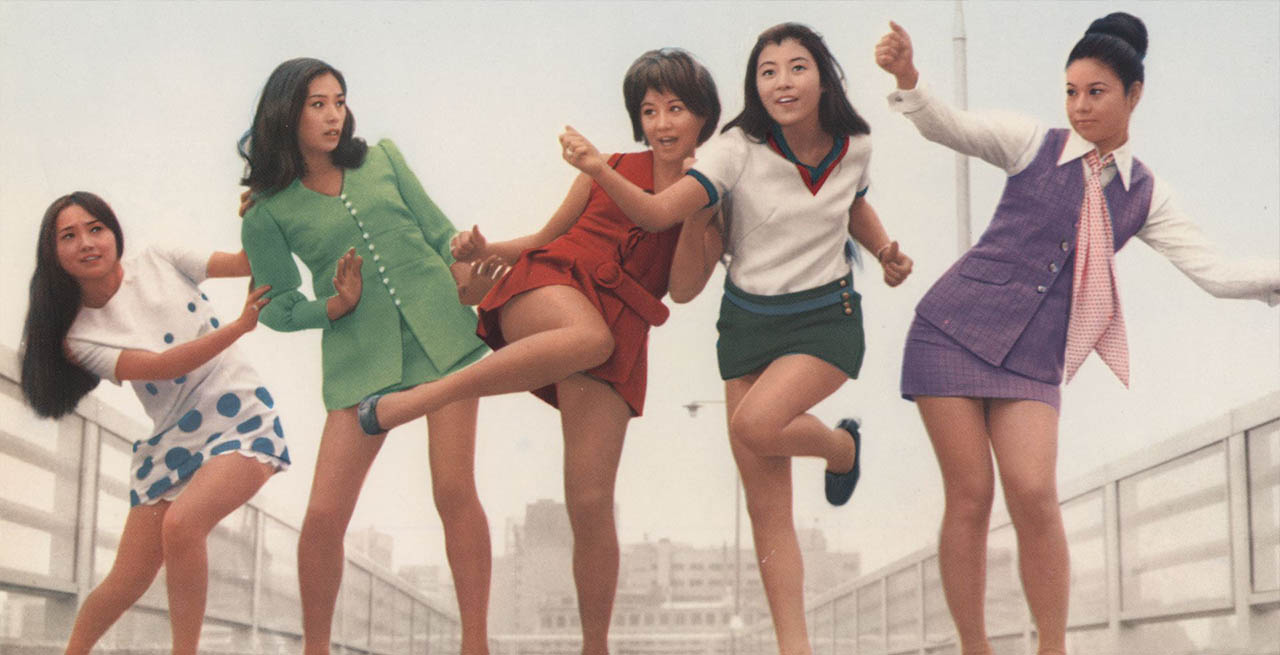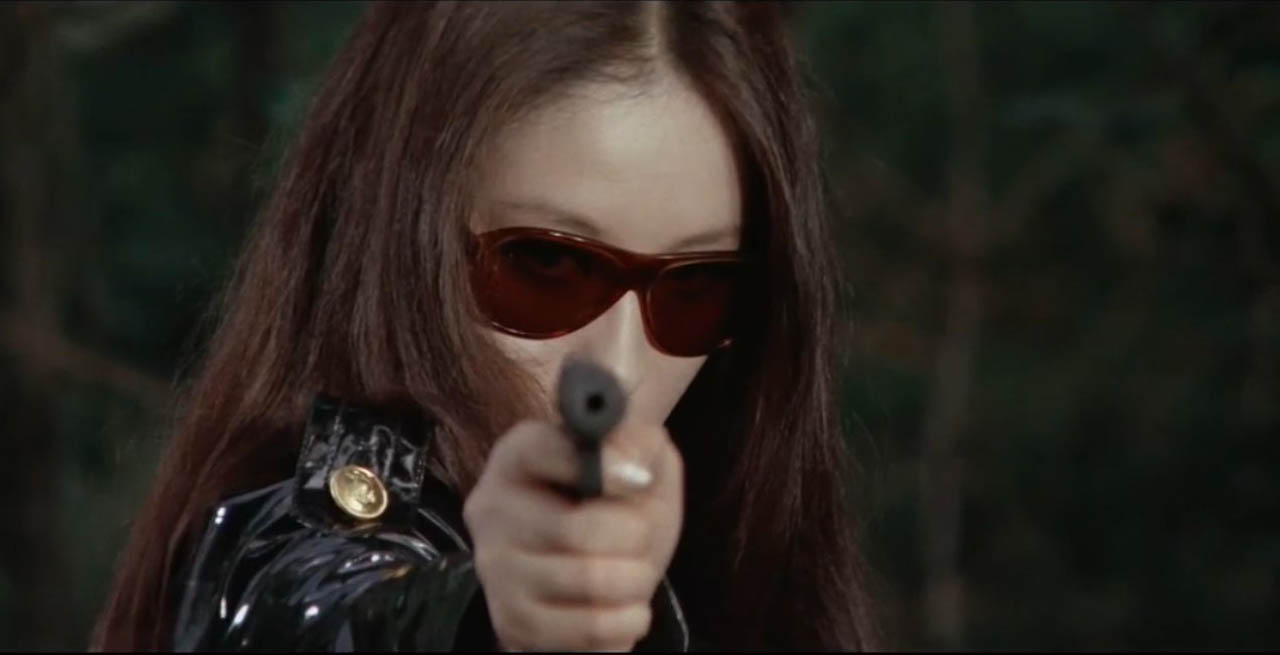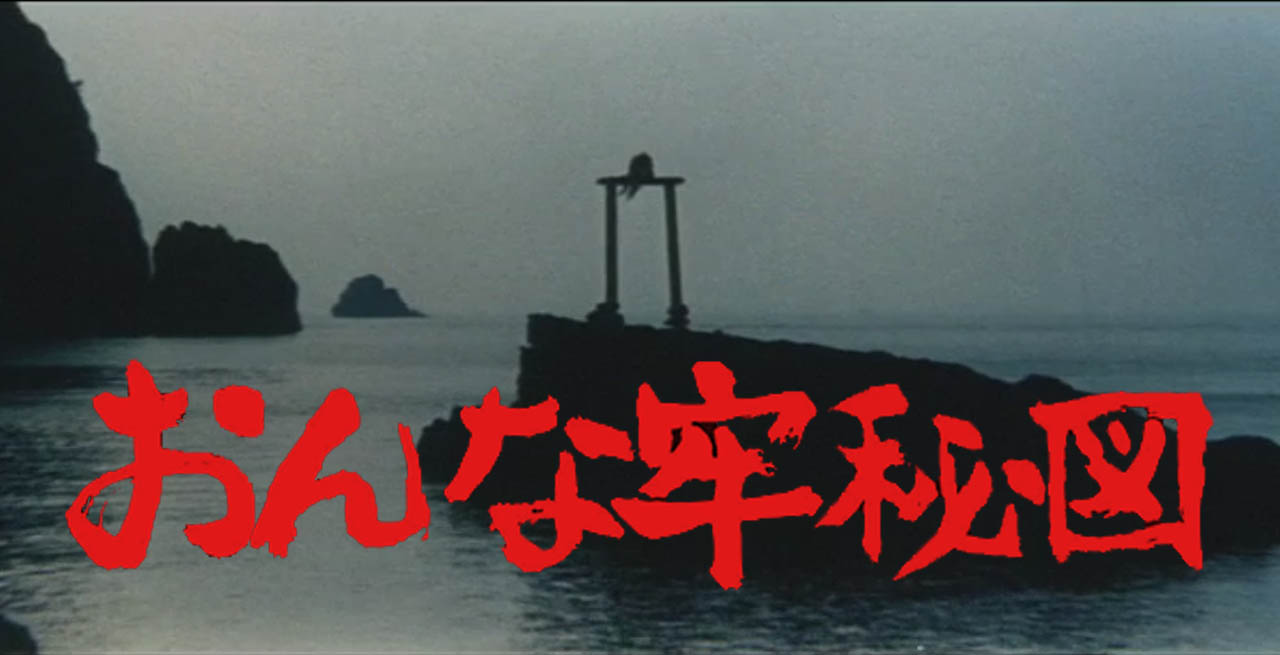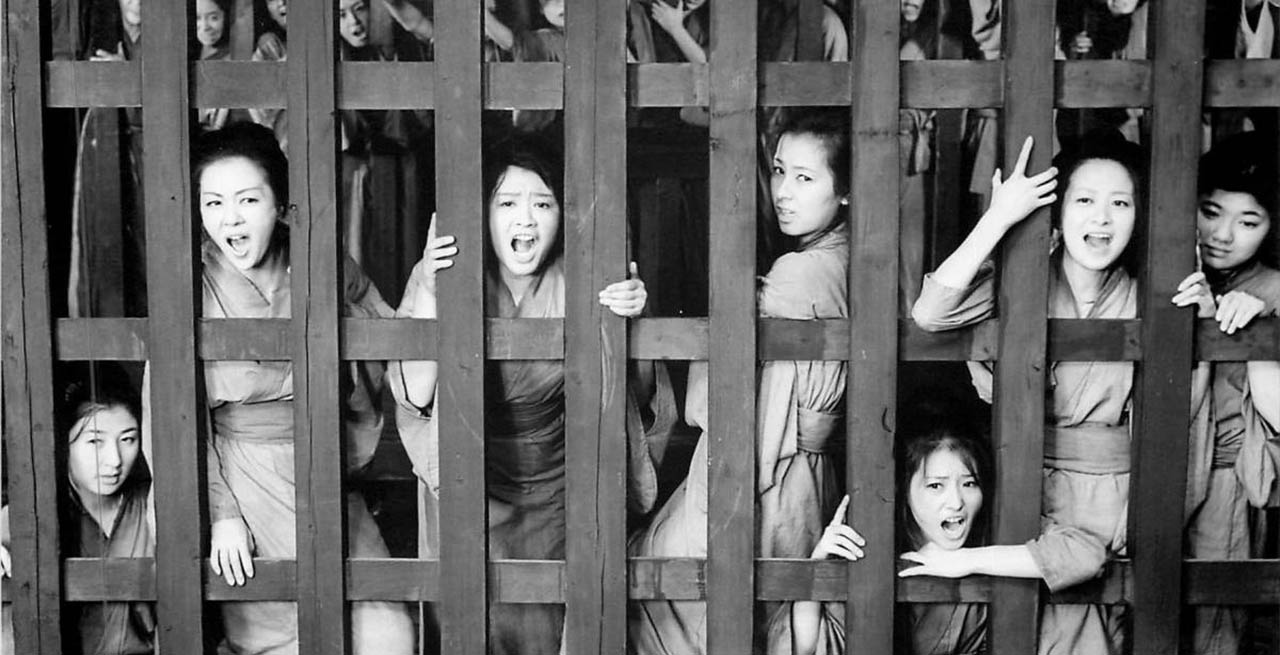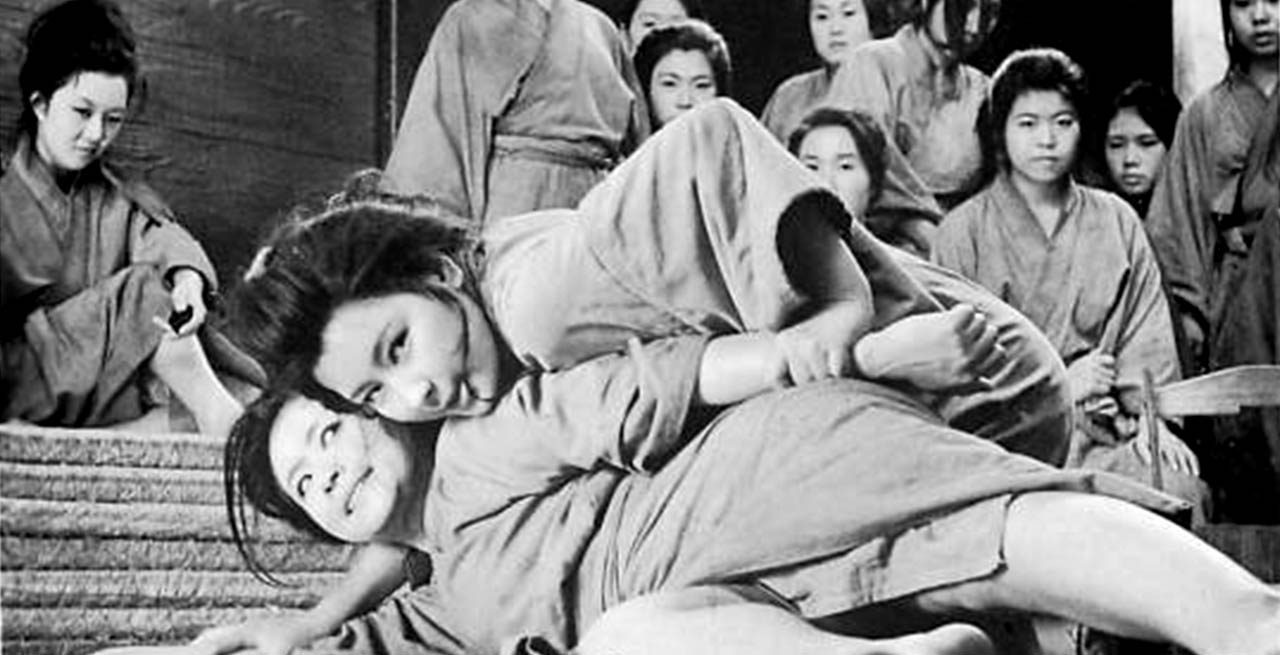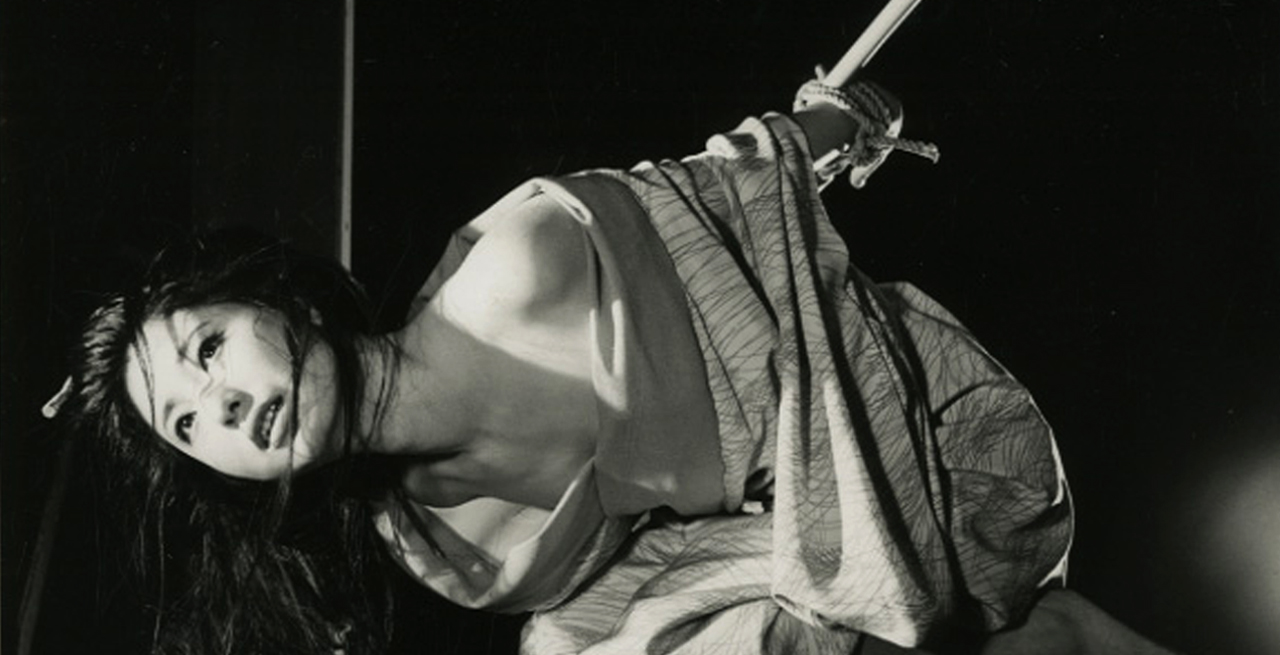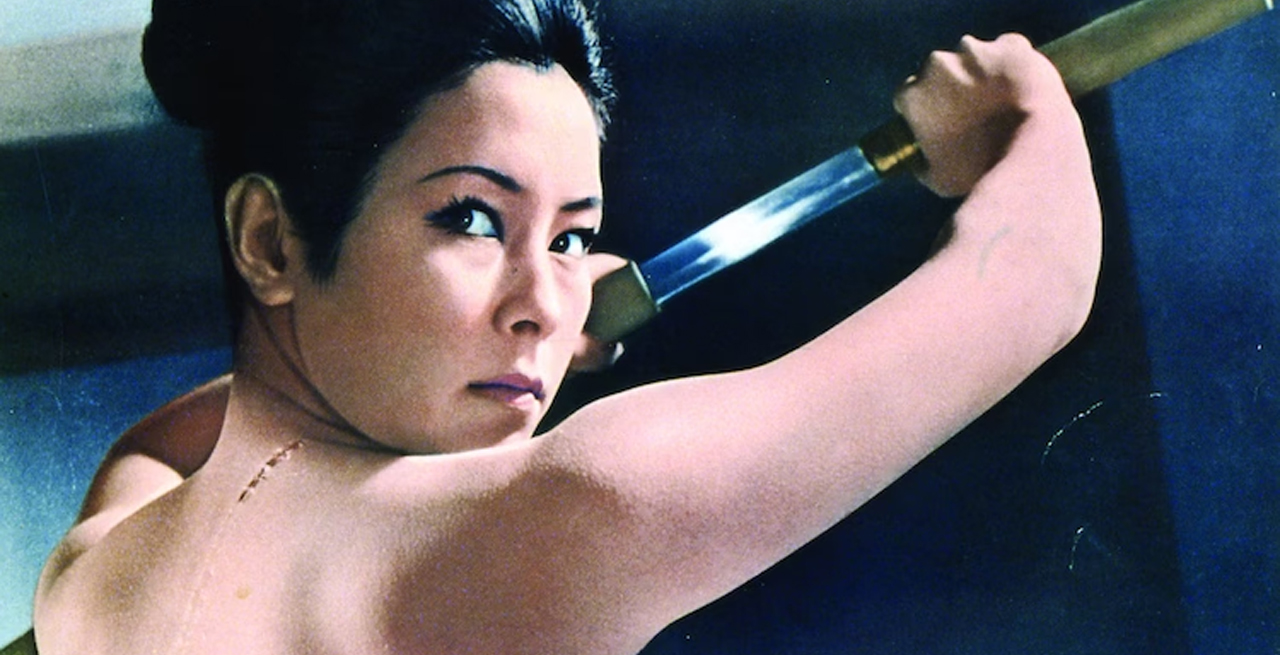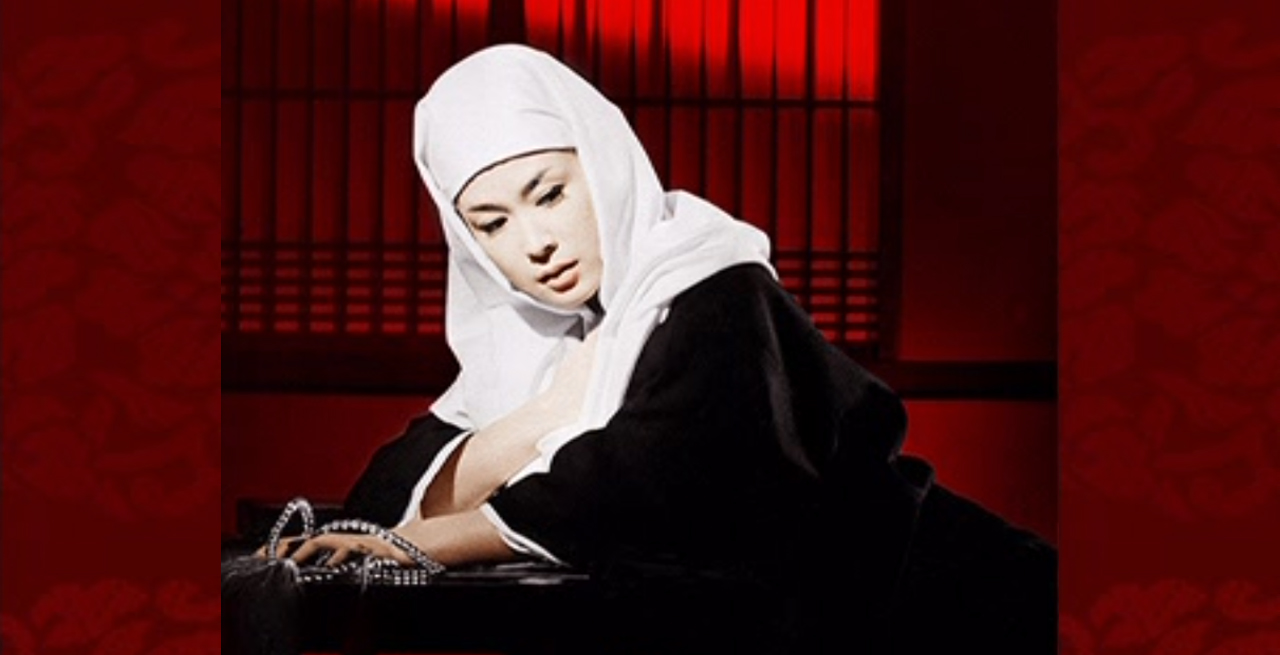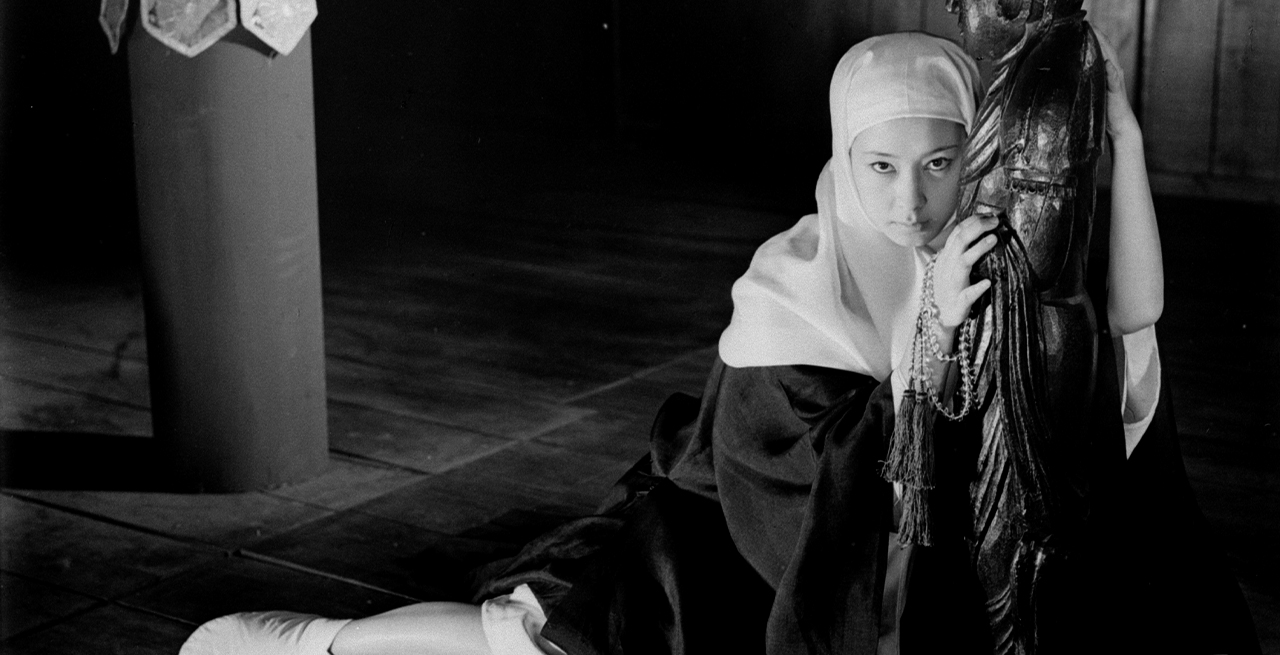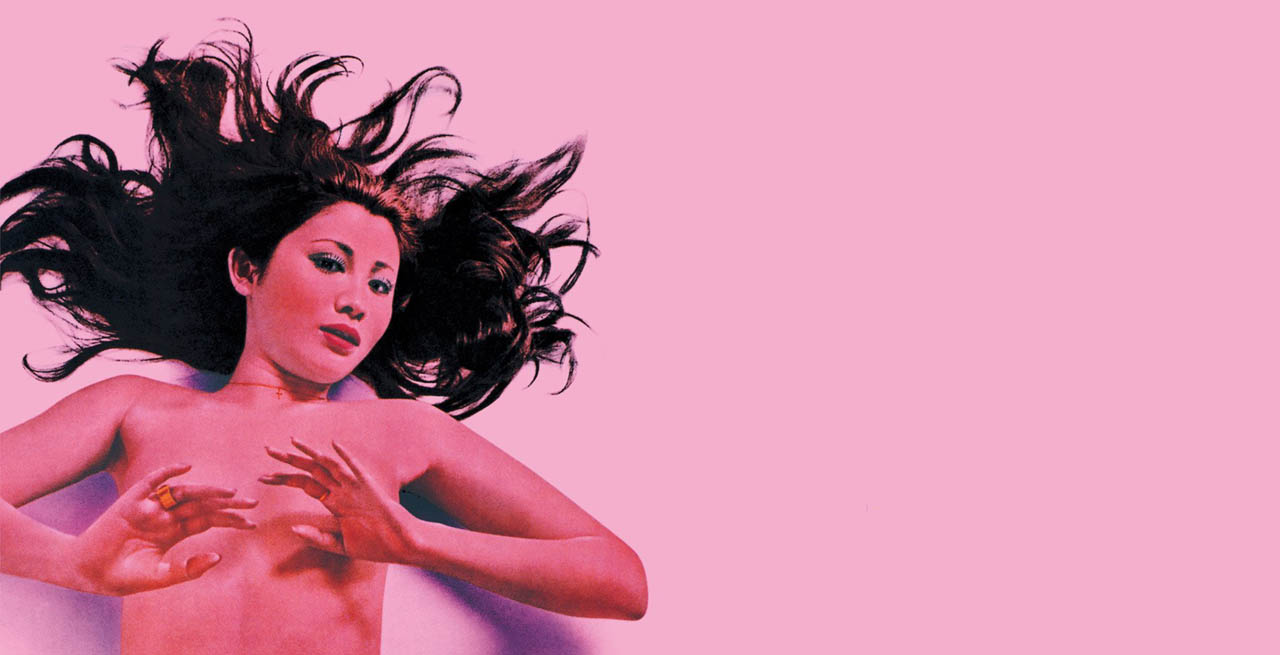
Regarded by many as Japan’s answer to Brigitte Bardot — both for her glamorousness and vaguely European looks (she wasn’t actually mixed-race) — Mari Atsumi became one of Japanese cinema’s most prominent sex symbols of the early 1970s. As the daughter of Daiei actors Susumu Atsumi and Reiko Wakamiya, she too joined the studio
